This Could Be the World’s Most Colorful Library
Harvard’s Forbes Pigment Collection preserves some of history’s most precious colors—and helps conserve the world’s greatest art
Once upon a time, it was nearly impossible to figure out how artists achieved their effects—or how to protect their colorful works. That changed thanks to the efforts of Edward Forbes, an obsessive art museum director who made it his life’s mission to document where artists’ colors came from. Forbes’ quest to understand art’s brilliant pigments took him all over the world, and as Diana Budds writes for FastCo.Design, it resulted in what could be the world’s most colorful library.
The library in question is the Forbes Pigment Collection at Harvard University’s Straus Center for Conservation and Technical Studies. It contains more than 2,500 samples of pigments—some incredibly rare and harvested from things like mummies, heavy metals, poisons and precious minerals—that art experts use to authenticate and understand paintings.
Forbes, who directed Harvard’s Fogg Museum, amassed a huge number of pigments between 1910 and 1944. As R. Leopoldina Torres explains, it all began with a 14th-century Italian painting of the Madonna and child. When Forbes noticed that it and others like it were deteriorating, he set out on a journey to understand how it was made.
Soon, Forbes was traveling around the world to collect pigments. He asked others to help, and as interest in his collection grew, the color samples started flowing in from other art lovers.
These days, Forbes’ collection has blues from rare Afghan lapis lazuli, purple from the ocean floor, crimson derived from tiny insects and other hues favored by everyone from Rothko to Van Gogh. Budds reports that in recent years, the collection has been rebuilt to include more modern hues that can help experts understand contemporary art.
Because the library contains so many rare and precious colors, it serves as an invaluable resource for art conservators. References from the collection have even helped spot a fake, proving that a “Jackson Pollock” painted with a red hue that only existed after the artist’s death was bogus.
But when it’s not helping solve crimes, the collection is still a lifesaver for anyone who needs a colorful pick-me-up or the inside scoop on how artists made their masterpieces so vivid.
/https://tf-cmsv2-smithsonianmag-media.s3.amazonaws.com/accounts/headshot/erin.png)
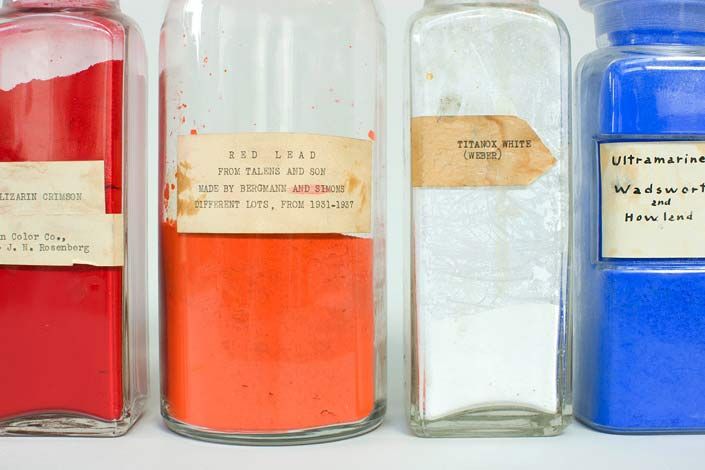
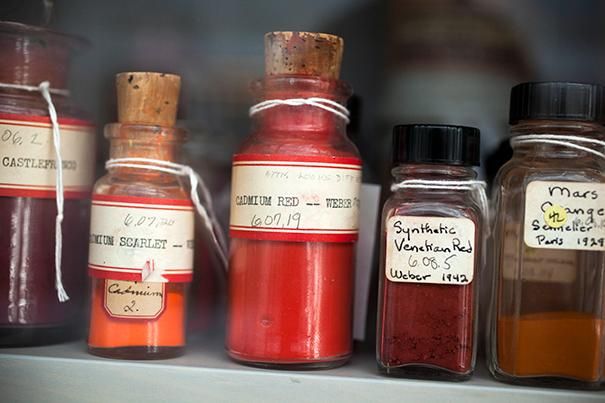
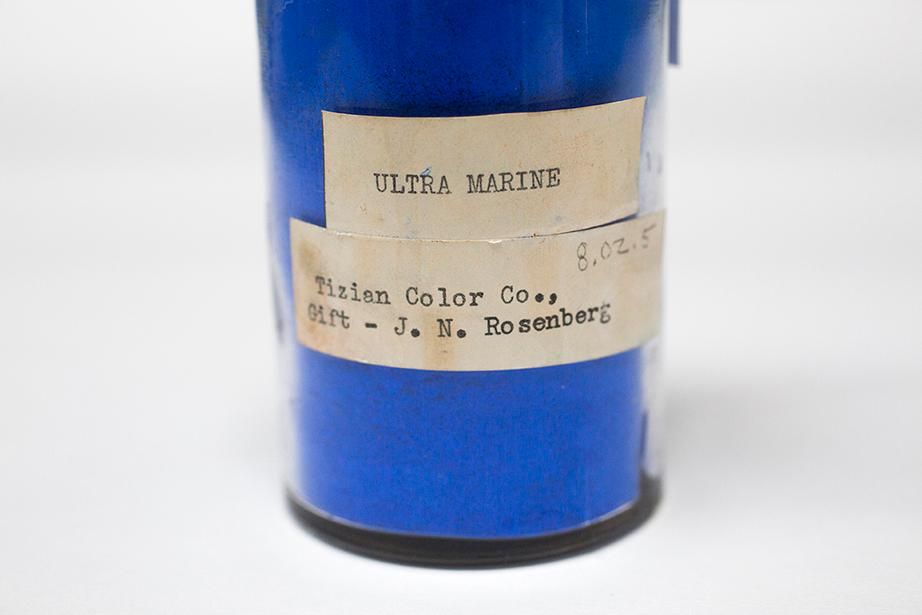
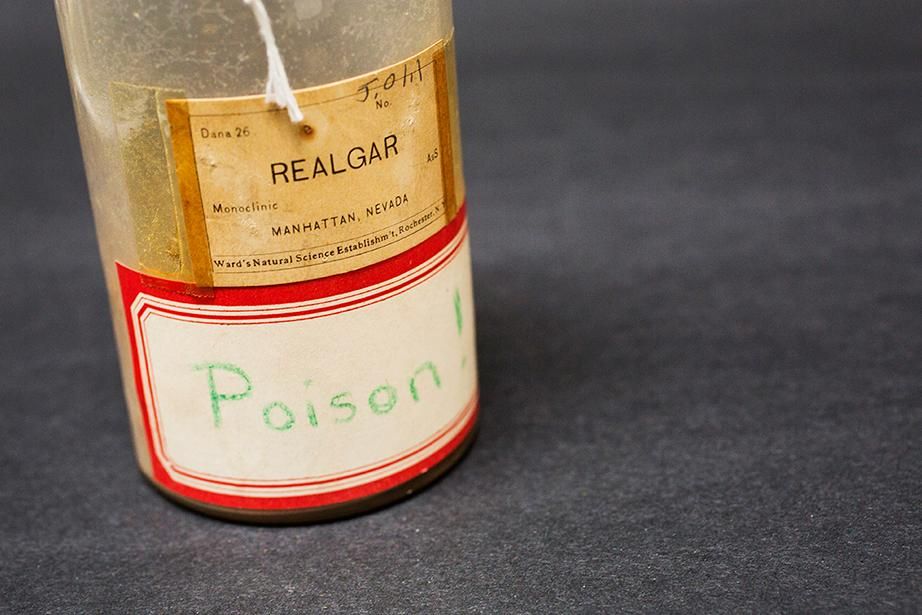
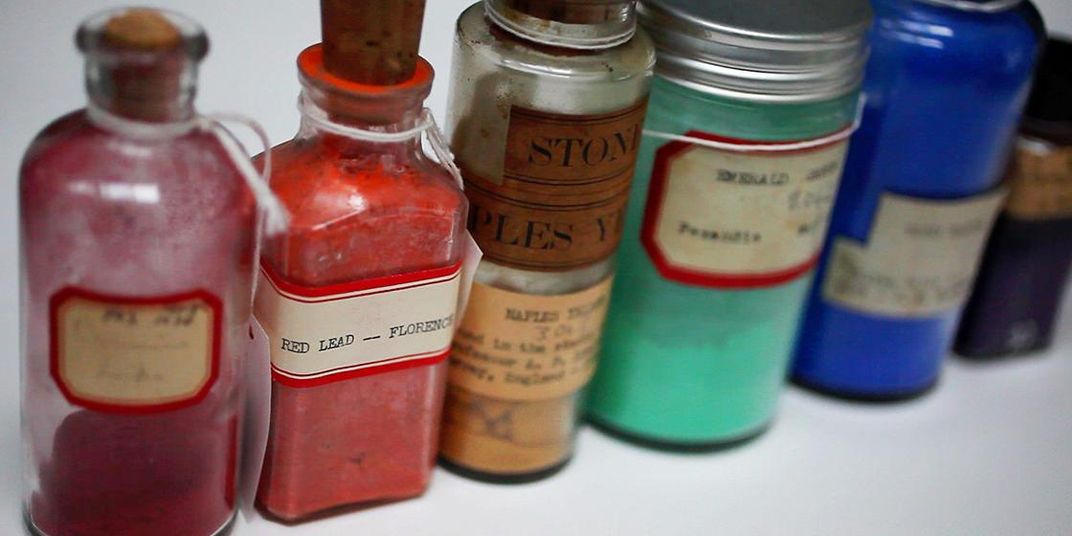
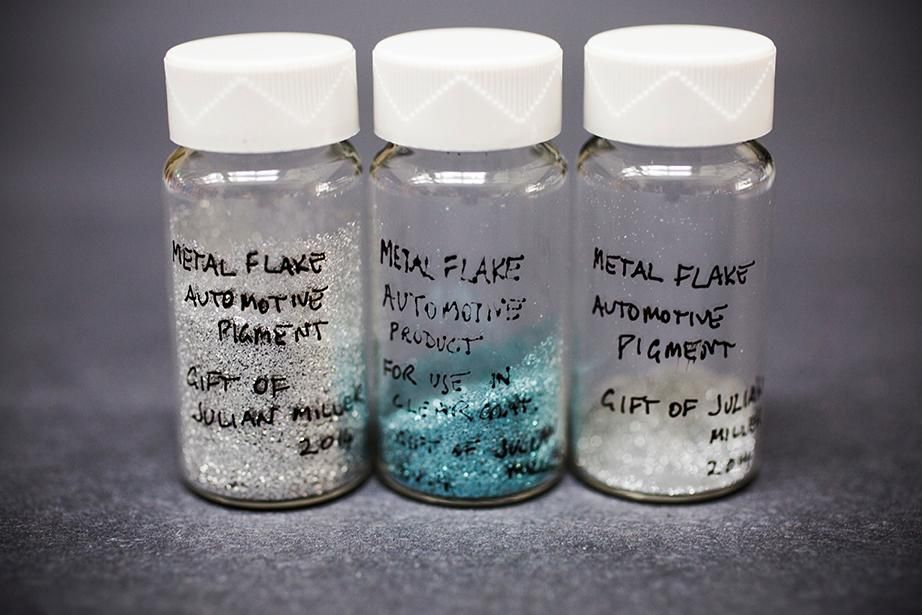
/https://tf-cmsv2-smithsonianmag-media.s3.amazonaws.com/accounts/headshot/erin.png)